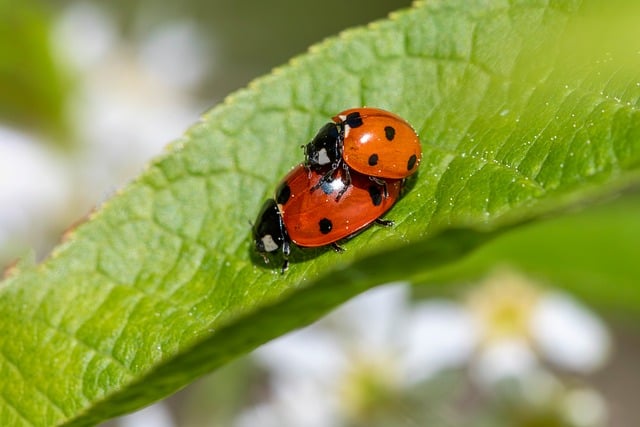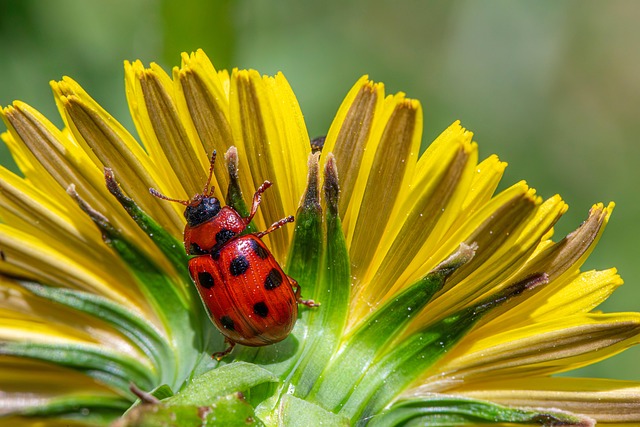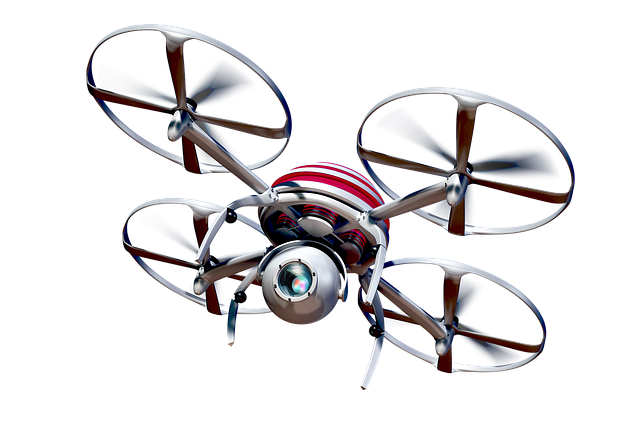Dealing with persistent skunk odor? In Sheridan, opt for safe and effective skunk removal methods like live trapping and odor neutralization, avoiding harmful sprays. Professional wildlife control services employ humane techniques using eco-friendly products to eliminate odors and preserve local wildlife while ensuring a comfortable, healthy living space for residents and pets.
Wildlife control, especially for skunk odor remediation, is a sensitive yet crucial service. Skunk odors can permeate and contaminate your Sheridan home or property, impacting air quality and mental well-being. This article guides you through understanding skunk odors, their effects on health and environment, and offers safe, effective spraying-free methods for skunk removal. Learn essential post-removal care tips to restore a fresh, odourless space in Sheridan.
- Understanding Skunk Odor and Its Impact
- Safe and Effective Skunk Removal Methods
- Post-Removal Care: Ensuring a Fresh Environment
Understanding Skunk Odor and Its Impact

Skunk odor can be a persistent and unpleasant problem, especially in residential areas where these creatures are known to reside. Understanding skunk odor is crucial when it comes to effective wildlife control. The distinctive smell, often described as putrid or pungent, is produced by a secreted liquid called “skunk spray.” This defense mechanism is used to deter predators, but it can leave behind a strong, long-lasting scent that lingers in the air and even adheres to surfaces.
In Sheridan, safe skunk removal without spraying is a preferred method to address this issue. Professional wildlife control services employ specialized techniques to remove skunks humanely while minimizing the impact on the environment. By understanding the nature of skunk odor and adopting safe removal practices, residents can ensure their homes are free from these odors and the potential health risks associated with them.
Safe and Effective Skunk Removal Methods

When dealing with a skunk infestation in Sheridan, it’s crucial to opt for safe and effective skunk removal methods that avoid harmful sprays. Traditional spraying can leave behind unpleasant odors and potentially toxic residues, posing risks to both humans and pets. Instead, professionals offer humane solutions like live trapping, which involves capturing the skunk without causing it harm and relocating it to a suitable, remote area.
Another safe method is odour neutralization, where experts use environmentally friendly products to eliminate the distinct skunk smell from affected areas. This process ensures your home or property remains scent-free without resorting to harsh chemicals. By choosing these methods, you not only protect your well-being but also contribute to preserving the natural balance of local wildlife.
Post-Removal Care: Ensuring a Fresh Environment

After safe skunk removal without spraying in Sheridan, proper post-removal care is crucial to restore a fresh and odor-free environment. This process involves thoroughly cleaning all affected areas with specialized products designed to neutralize strong odors. Professionals use advanced techniques and solutions that go beyond typical household cleaners, ensuring deep disinfection and the elimination of any lingering smells.
Regular ventilation and air purification methods are also employed to refresh the air and create a comfortable living space. By combining these measures, residents can be confident that their homes will be free from unwanted skunk odors, providing a peaceful and healthy atmosphere for both humans and pets.
In conclusion, addressing wildlife control, specifically skunk odor remediation, requires a multi-step approach. Understanding the impact of skunk odors and employing safe, effective methods like those discussed for skunk removal without spraying in Sheridan, are key to restoring a fresh environment. Proper post-removal care ensures not just the disappearance of smells, but also the health and safety of your home and family. By following these steps, you can effectively tackle skunk odor issues while avoiding potentially harmful chemical sprays.
